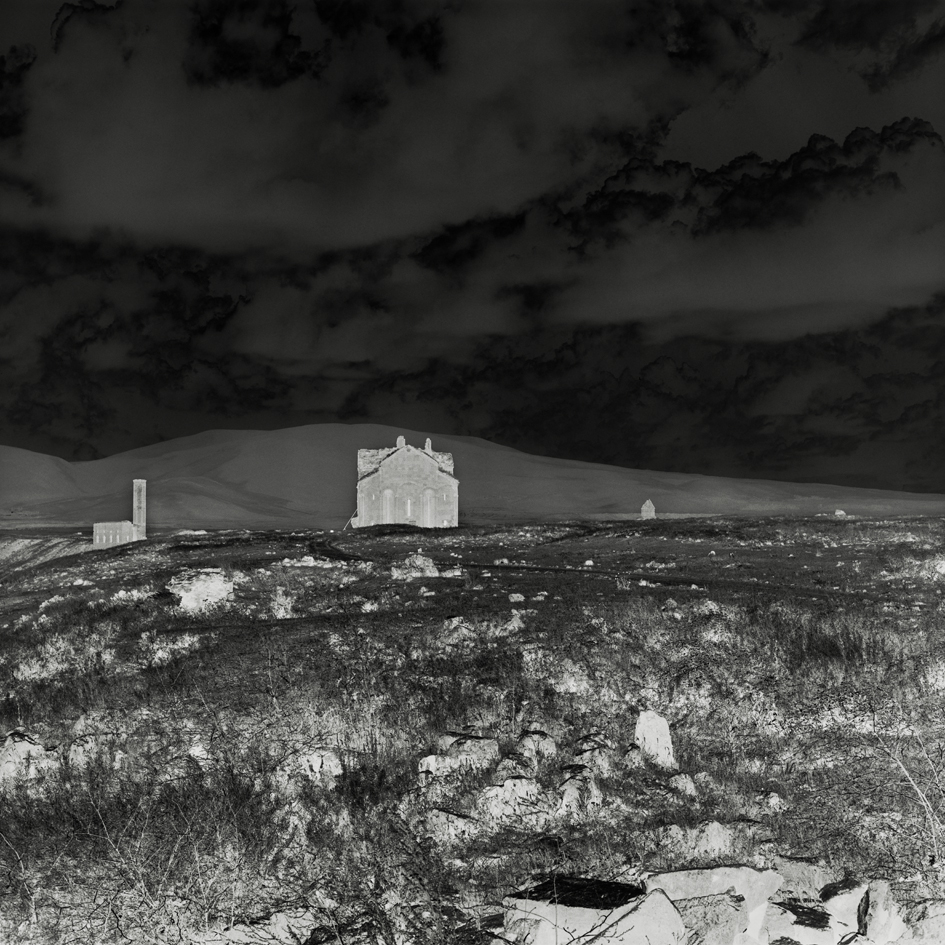


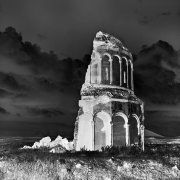
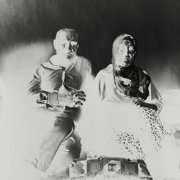

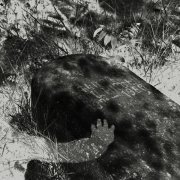
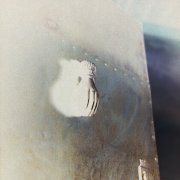
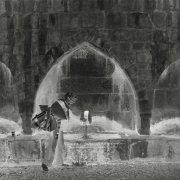
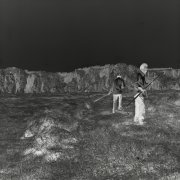
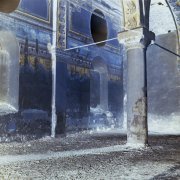
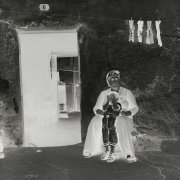

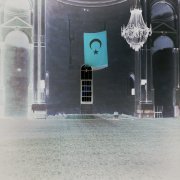
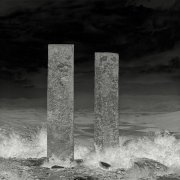
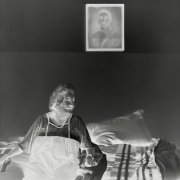


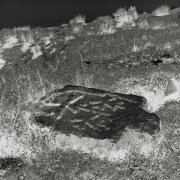

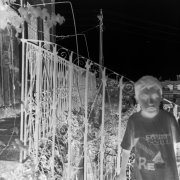
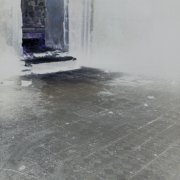
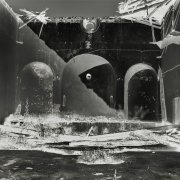
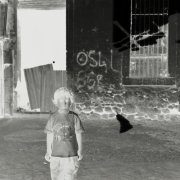
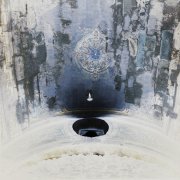

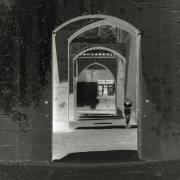

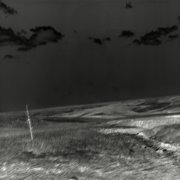
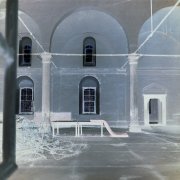
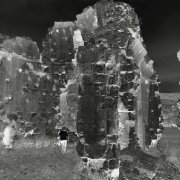

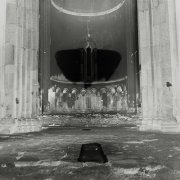
In 2015, I published a book on the Armenian genocide and the consequences of its denial in present-day Turkey. Entitled "Phantoms of Anatolia", this project studied the systematic eradication of a community and the destuction of any traces of its culture. I proposed an outlook, between documentary writing imposed by historical and contemporary facts, and a singular approach, consistent with the subject, in the choice of images and their treatment.
Faced with the gravity of the subject and its complexity, I decided to remain on a sober photography, while assuming a personnal approach. During my research, I attempted artistic explorations that could visually render the eradication and its denial. None of them convinced me. I therefore decided to come back to my initial intuition of a visual writing without artifice. During the elaboration of the book, I enriched this corpus of images with poems, which evoked, the contemporaneity of this history of more than a century.
The current conflict in Nagorno-Karabakh only confirms the reality of the fundamentally contemporary character the Armenian genocide denied by successive Turkish governments. While Armenian history cannot be reduced to the genocide, its denial haunts the descendants of its victims and executioners, as evidenced by the attack on Nagorno-Karabash by the Azerbaijani and Turkish governments and their statements against Armenians stained with lies and bad faith.
Parallel to the elaboration of the book and the preparation of exhibitions, I continued my visual research around this work and it became obvious to me to work on the negative image as a metaphor for the negation. I worked on a new series, the only "twist" I allowed myself, in the frame that I had initially imposed on myself, as these negative images expressed not only denial, but the consequences of this denial on future generations.
The negative, by inverting the values, disturbs the reading, reveals the defects, the tears, the destructions, the void. The characters blend into the scenery, like floating spectres, haunting these desolate landscapes.
The current situation of Armenia, caught between Turkey and Azerbaijan, in the Nagorno-Karabakh conflict, resonates sadly with these images that I have here compiled.
If an art work is inscribed in a given time, defined by the author up to its final point, from which the work no longer belongs to him, its timeless character brings us irremediably back to it. It is then a new glance that comes in echo with the initial one.